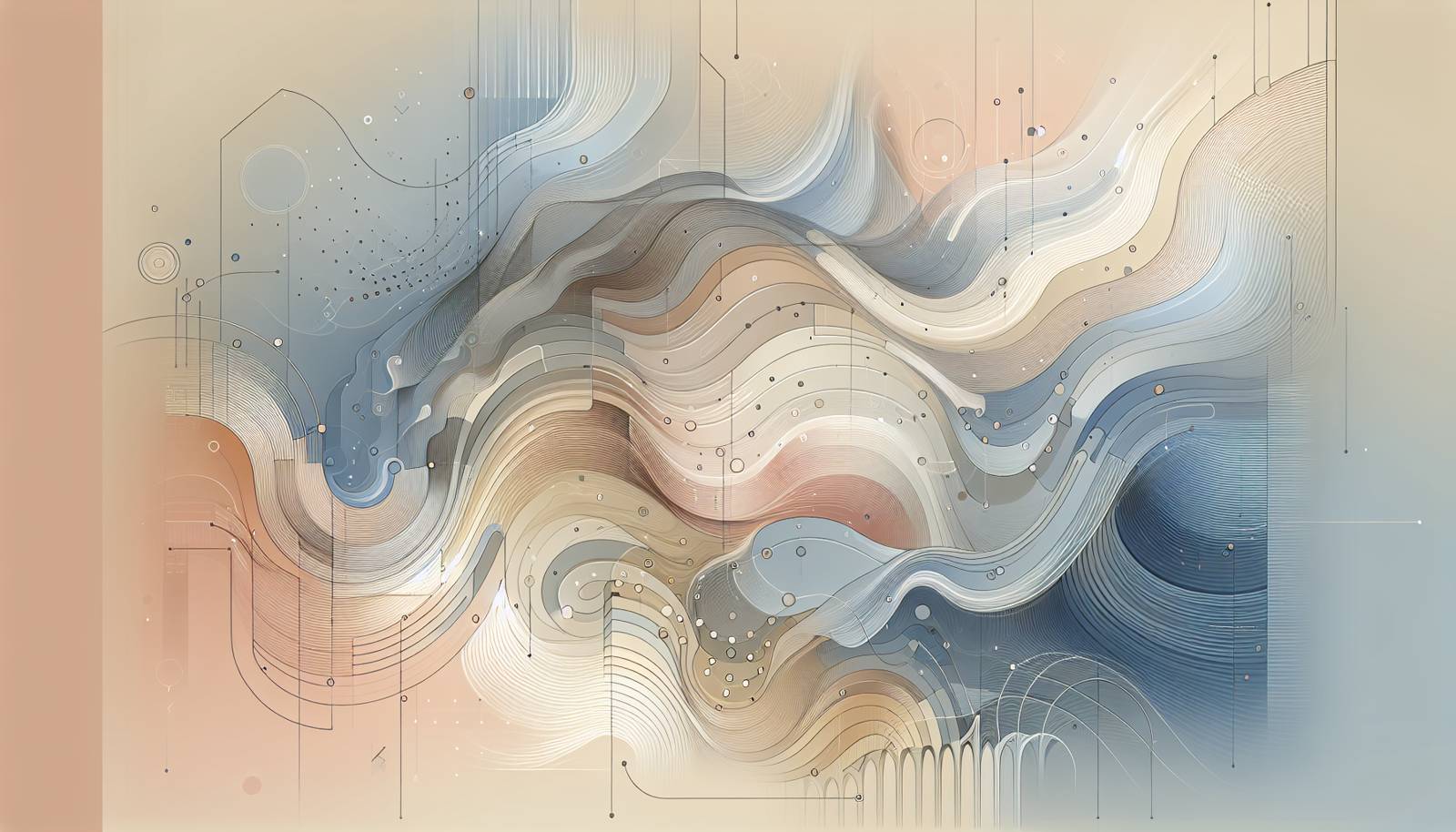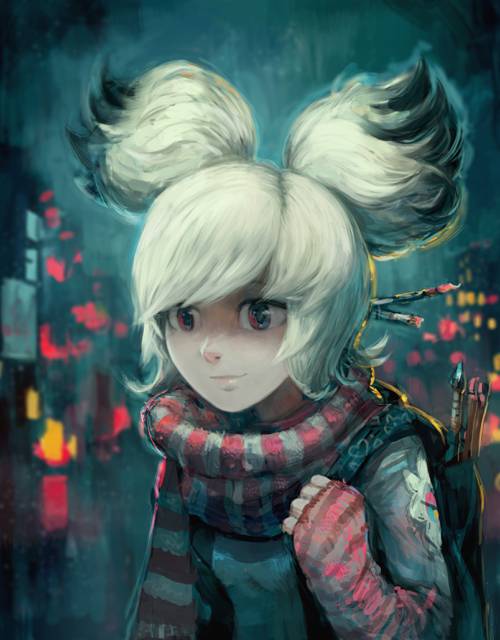
FAQ About The Evolution of Cyber Art

What is cyber art?
Cyber art, also known as digital art, refers to artistic practices that employ digital technology as an essential part of the creation or presentation process. This includes everything from computer graphics and animation to interactive installations and immersive virtual reality experiences. Cyber art combines creativity with technology, leading to innovative cultural expressions.

How has cyber art evolved since its inception?
Cyber art has evolved significantly since its inception. Initially, it began with basic computer graphics and evolved through the 1980s and 1990s with advancements like computer-generated imagery (CGI) and digital painting. In recent years, it has further expanded into areas such as virtual reality (VR), augmented reality (AR), and blockchain technology, like NFTs, which have transformed how digital artworks are created, sold, and experienced.

What role does technology play in cyber art?
Technology plays a crucial role in cyber art as it provides the tools and platforms necessary for creation, distribution, and interaction. Innovations in computing power, graphics processing, and software development enable artists to create more complex, dynamic, and interactive digital works. Technology also enhances accessibility, allowing art to reach a broader audience via the internet and digital displays.

What are some examples of early computer graphics in cyber art?
Early examples of computer graphics in cyber art include pixel art and early CGI found in video games and cinema. Programs like Paint and Adobe Photoshop facilitated digital drawing and manipulation, while early CGI, seen in films like Tron (1982) and Star Wars (1977), showcased the potential for digital imagery on the big screen.

How do virtual reality experiences contribute to cyber art?
Virtual reality (VR) has significantly enriched cyber art by enabling fully immersive experiences. It allows viewers to step inside virtual worlds, interact with digital elements, and experience art in three-dimensional space, offering a new level of engagement and interactivity.

What is the cultural significance of cyber art?
Cyber art holds substantial cultural significance as it reflects and influences contemporary society. It pushes the boundaries of traditional art forms, encourages new ways of thinking and perceiving art, and provides a platform to explore themes like identity, reality, and human-computer interaction, enriching cultural dialogue.

How do artists typically create cyber art?
Artists create cyber art using various digital tools and software such as graphic tablets, design software like Adobe Creative Cloud, 3D modeling apps, and game engines like Unity or Unreal Engine. Some artists also incorporate programming and AI to develop generative art pieces.

What are NFTs and how do they relate to cyber art?
Non-Fungible Tokens (NFTs) are digital assets that represent ownership or proof of authenticity of cyber art on a blockchain. They have revolutionized the digital art market by allowing artists to tokenize their work, creating a unique, verifiable version of a digital file that can be traded or sold.

How does augmented reality enhance cyber art?
Augmented reality (AR) enhances cyber art by overlaying digital images or animations onto the real world. Artists use AR to create interactive and engaging artworks that can be experienced on smartphones or AR glasses, blending the digital and physical realms to provide dynamic art experiences.

What challenges do artists face in the field of cyber art?
Artists in the field of cyber art face challenges such as rapidly changing technology, software compatibility issues, and the need for constant learning to keep up with new tools and platforms. They also tackle questions regarding digital artwork ownership, copyright, and the ephemeral nature of digital formats.

How has cyber art influenced traditional art forms?
Cyber art has influenced traditional art forms by introducing new techniques and mediums, inspiring artists to experiment with digital components such as video installations or interactive elements. It has blurred the boundaries between physical and digital art, encouraging a more integrative approach to artistic expression.

Can cyber art be considered real art?
Yes, cyber art can be considered real art. It meets the fundamental criteria of creativity, expression, and communication found in traditional art. The digital medium simply expands the range of possibilities for how artists can express their ideas and engage with audiences.

Who are some notable artists in the cyber art movement?
Notable artists in the cyber art movement include Rafael Lozano-Hemmer, known for his large-scale interactive installations, and Jenny Holzer, who uses electronic displays among other mediums to convey powerful messages. Additionally, digital artists like Beeple have gained fame through digital platforms and NFT art sales.

What impact has social media had on the cyber art world?
Social media has had a significant impact on the cyber art world by providing artists with platforms to showcase their work to a global audience. Sites like Instagram, Facebook, and Twitter allow for instant sharing and feedback, facilitating wider exposure and networking opportunities for digital artists.

In what ways do exhibitions for cyber art differ from traditional art exhibitions?
Exhibitions for cyber art often involve more technology-focused setups, with digital screens, VR stations, and interactive kiosks. Unlike traditional art exhibitions, which may focus on passive viewing, cyber art exhibitions encourage user interaction and involve multimedia components, often requiring technical support for a seamless experience.

How is the value of cyber art determined?
The value of cyber art is determined by factors such as the artist's reputation, the uniqueness of the work, the medium used, and market demand. Digital art values can also be affected by the technology used (like VR or NFTs) and the artwork's edition size, similar to prints in traditional art.

Are there dedicated platforms for showcasing cyber art online?
Yes, there are dedicated platforms for showcasing cyber art online. Websites such as DeviantArt, ArtStation, and Behance allow artists to display their portfolios. Additionally, NFT marketplaces like OpenSea and Rarible offer artists a place to sell and promote their digital creations.

What is interactive art in the context of cyber art?
Interactive art in the context of cyber art refers to artworks that require viewer participation or interaction to fully experience or complete the piece. This can include digital installations, web-based projects, or apps that respond to user input, making the art dynamic and engaging.

How do multimedia components influence cyber art pieces?
Multimedia components in cyber art allow for the integration of various forms of media, such as video, sound, graphics, and text, creating complex, multi-sensory experiences. This fusion of different media can enhance narrative depth and emotional impact, providing a richer art experience.

What are some future trends in cyber art?
Future trends in cyber art may include further integration with AI to create more autonomous generative artworks, advancements in VR and AR technologies enhancing artistic immersion, and increasing use of blockchain for ownership and certification. As technology progresses, cyber art will continue to explore new forms and concepts.
